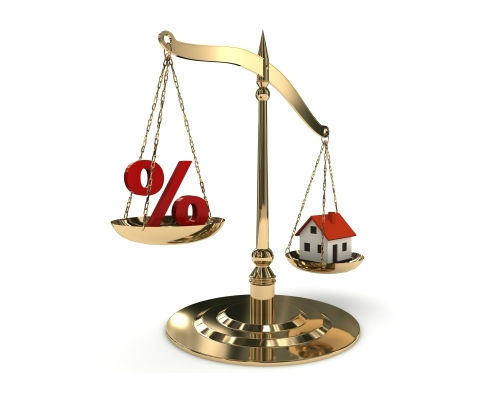
Home Loan EMI
Predicting interest rates is not easy, unless you are an analyst. If you are looking at taking a home loan, understanding the movements of interest rates is even more critical, since you would want to decide whether to take the loan at fixed rate of interest or floating. Hybrid home loan takes away this problem. Opting for a pure fixed or a pure floating loan lands you in a situation of losing out on the benefits of the other loan. Here, hybrid loans enable you to enjoy the best of both worlds.
What are hybrid loans?
With competition increasing with each passing day, banks and financing agencies tend to innovate products that suit and attract you. Hybrid loans are loan options where you get a mix of fixed and floating types of loans, combined into one. It is a contrast to what already existed-the fixed and floating interest rate loans. In other words, hybrid loans are combination loans, which are partly fixed and partly floating. Such loans are preferable since you do not have an idea about the future of interest rates.
Is it suitable for you?
Under this scheme, banks offer you a fixed interest rate for a certain period of time, say 3-5 years, while the rest of the outstanding amount would carry a floating rate of interest. Such loans are beneficial for those who cannot afford volatility in expenses in initial few years of your financial life or careers and anticipate an increase in your ability to manage volatility before the loan begins adjusting. Such loans are typically suited to those who have a shorter credit history and a smaller power to face volatility. After 3rd year, you will be charged slightly higher floating interest rates, since you would be charged a higher margin for your riskiness. However, if you get a fixed rate loan in the beginning, you would be able to manage your financial life better. Keeping interests rates low and fixed initially will help you save more for your future and changing interest rates will help you save thereafter.
The process
When you opt for such loans, your bank might ask you to sign two separate loan agreements-one for fixed rate of interest and the other for floating rate of interest. However, many banks may combine the same and use a single agreement for both the components. You must read the terms and conditions of your agreements with utmost care and your relationship manager is bound to explain to you, if you do not understand them.
Under Hybrid loans, many banks offer you the option of foreclosing the floating component if the interest rates move up, with or without any pre-payment fees. And if the interest rates move down, may foreclose the fixed part, with or without pre-payment penalty, as per banks policies. Other banks offer you facilities such as converting your fixed portion to floating if the interest rates move down and converting the floating rates into fixed, if interest rates move up. Of course you will be charged a certain amount of fees for doing so, which can more often than not, be negotiated.
Some examples of hybrid loans include State Bank of India’s offer of SBI-Flexi Home Loans, HDFC’s 2-in-1 Home, Part Fixed,-Part Floating loan by ICICI and Bank of Baroda’s Flexi-home loans.
For example, if you opt for a loan of Rs 20 lakh and are not sure about the movement of interest rates, you have the option of choosing to take 60 percent of Rs 20 lakh as a fixed rate home loan and remaining Rs 8 lakh at a floating rate of interest. Choosing this proportion is open to you and is based on how much risk you can afford to take and depends on your understanding of the interest rate market.
Your risk appetite would be high if you go for a higher floating component in a scenario where interest rates are likely to go upwards and vice versa.
Opting for hybrid loans is a good idea for those who keep a track of changing interest rates regularly. Otherwise, they just might by more than tricky for you. Because the initial teaser rates may be loan enough to beat competition, if you do not pay in time and keep a track of movement of interest rates, your EMI may just shot up later. These problems blow up to a large extent in time of bad economy. Individuals who expect raises and promotions to factor in the higher EMIs they would have to pay in future have tough time when hopes do not realize.
Things to note
The two very important factors that you need to consider while analyzing floating rates would be the margin and the cap that would be applicable to you. If both these numbers are fairly low, there is nothing like going out and opting for a hybrid loan now, if the fixed rate suits your current repayment ability.
Compare the Home Loan interest rates offered by various banks and check your loan eligibility at BankBazaar.com